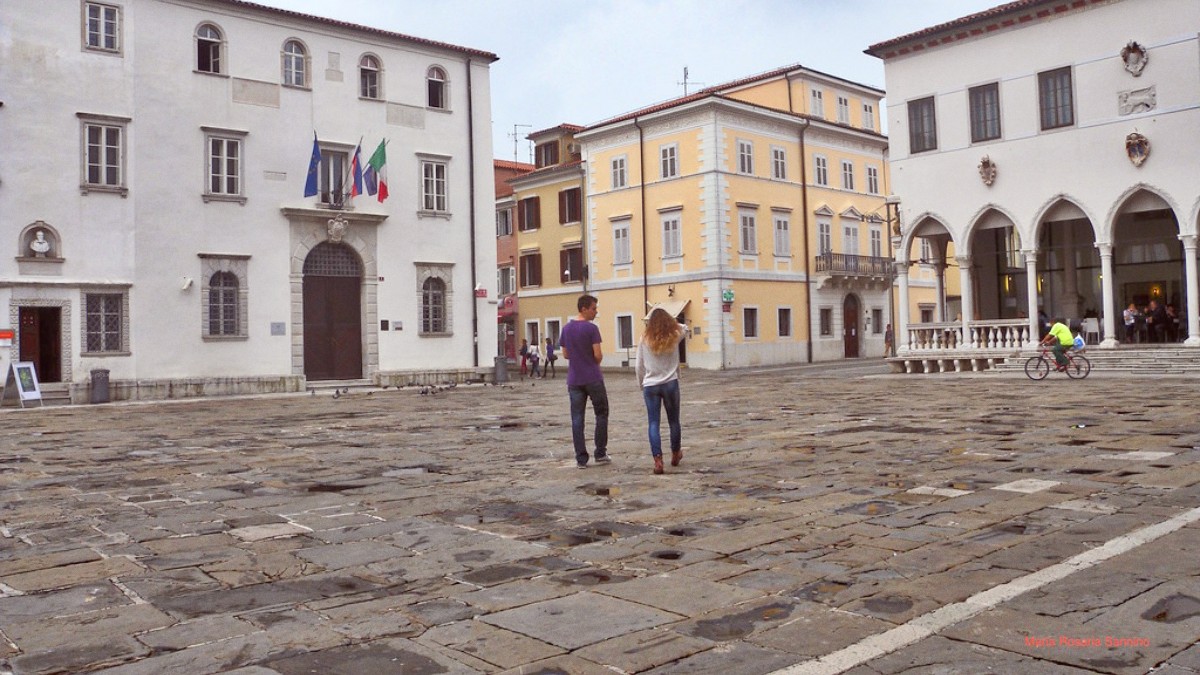
Karst And Coast, Slovenia
Koper's appeal varies with the seasons, impacting crowd levels and prices. Choose your timing based on your preferred activities and atmosphere.
Each season offers specific opportunities, from warm beach days to quiet cultural exploration.
Koper's appeal varies with the seasons, impacting crowd levels, prices, and available activities. Find your ideal timing:
Consider your travel priorities when selecting the best time for your Koper visit.
July - August
Warmest weather perfect for swimming and beach activities. City buzzes with events.
Large crowds, especially from cruise ships. Higher prices for accommodation and activities.
May - June, September - October
Pleasant temperatures, fewer crowds. Generally lower prices. Good for outdoor activities.
Some services may have reduced hours in late autumn. Weather can be less predictable.
November - April
Fewest crowds, lowest prices for accommodation. Authentic local experience.
Cooler weather, higher precipitation. Many attractions may be closed or have limited hours.
Occasionally, summer temperatures exceed 35°C (95°F), leading to very hot conditions. Plan to stay hydrated and seek shade during the hottest parts of the day.
This strong, cold wind, also known as Bora, is common in winter, typically from November to March. It reaches high speeds, impacting outdoor activities and occasionally causing minor travel disruptions.
June to September for suitable temperatures.
April, May, early June, September, October for comfortable temperatures.
Mild weather of April, May, June, September, October.
Summer months host largest number of festivals.
Koper does not experience these.
Slovenia is a member of the Schengen Area, which simplifies travel for many visitors.
Citizens of many non-EU/EEA countries obtain a Schengen visa for stays up to 90 days within any 180-day period. This visa allows travel throughout all 29 Schengen Area countries.
Citizens from countries like the United States, Canada, Australia, New Zealand, the United Kingdom, and many others enter Slovenia for tourism or business purposes for up to 90 days within a 180-day period without needing a visa.
Upon arrival, immigration procedures involve presenting your passport at the border control point.
Slovenia uses the Euro (€), making transactions straightforward for visitors from Eurozone countries and easy for others.
The official currency in Slovenia is the Euro (€). ATMs are widely available throughout Koper, especially in the city center, near banks, and in shopping areas. Withdrawing Euros directly from an ATM using a debit card is generally the most convenient way to get local currency.
Credit cards (Visa and Mastercard are most widely accepted) are common for payments in hotels, mid-range to luxury restaurants, larger shops, and supermarkets. Smaller establishments, local markets, or some budget eateries may prefer or only accept cash.
Low or no foreign transaction fees often apply.
Widely accepted in larger venues.
Needed for smaller shops or local markets.
Inform your bank of travel plans to prevent card blocks.
Consider a Travel money card for better rates and security.
These are estimated daily costs per person, excluding international flights.
Expect to pay around €25-€40 for a dorm bed in a nearby town or a basic private room. Focus on free attractions.
Rely on supermarket groceries and daily lunch specials ("malica") for meals (€15-€25 per day).
Mainly walking within Koper. Public bus rides for short trips cost minimal.
A comfortable mid-range hotel, guesthouse, or well-located apartment in Koper might cost €60-€100 per night.
Dining at sit-down restaurants (€30-€50). Mix of walking and public buses.
Activities include museum entry and perhaps a guided tour or boat trip (€10-€25).
Staying in a high-end hotel or boutique apartment, potentially with sea views or premium amenities, will cost €120+ per night.
Indulge in fine dining experiences and gourmet cafes (€60+ per person).
Private guided tours, spa treatments, or exclusive excursions are common (€30+).
| Category | Value Option | Mid-Range Option |
|---|---|---|
| Accommodation (per night) | Hostel dorm: €25-€40 | Mid-range hotel: €80-€150 |
| Meals | Street food/Burek: €3-€6 | Dinner in a mid-range restaurant: €15-€30 |
| Transportation | Local bus ticket: €1.30-€1.50 | Car rental (daily, economy): €30-€60 |
Koper is a safe destination, with low crime rates.
No specific vaccinations for entry.
Ensure MMR, Diphtheria, Tetanus, Polio, Chickenpox, annual Flu shot are current.
Consult healthcare professional, especially for extended stays or rural areas.
Sunburn and Heatstroke
During summer, the sun can be intense. Apply sunscreen (High SPF), wear a Wide-brimmed hat, seek shade during peak sun hours (mid-day), and stay hydrated by drinking plenty of water.
Mosquitoes present, especially near water sources or in the evenings during summer. Use Insect repellent, specifically at dusk or dawn.
Cobblestone streets are uneven. Wear comfortable, Supportive walking shoes to avoid twisted ankles or blisters.
Carry your European Health Insurance Card (EHIC) for state-provided healthcare.
Travel insurance (World Nomads, SafetyWing, Insubuy) with comprehensive medical coverage is highly recommended.
Well-stocked, pharmacists offer advice for minor ailments and dispense over-the-counter medications.
Emergency services are available 24/7. Koper is generally a very safe city, characterized by low crime rates.
Slovenia maintains high food safety standards. Eat at reputable establishments.
Tap water in Koper is safe and potable throughout the city. You can confidently drink water directly from the tap or public fountains. (LifeStraw)
No specific concerns regarding street food if it is prepared freshly and hygienically. Look for busy vendors.
Koper has low crime rates. Old town is very safe, even at night. General awareness regarding pickpocketing in crowded tourist areas is advisable.